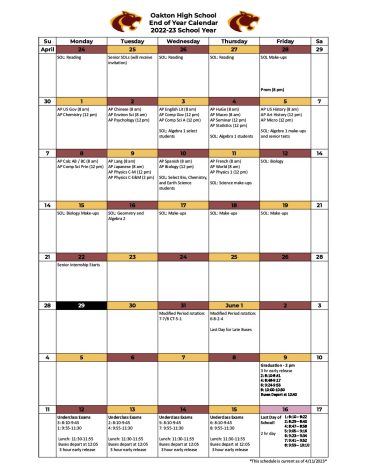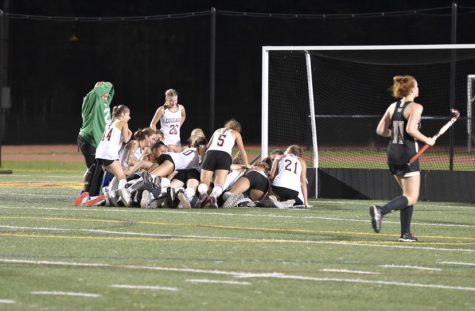Back of the Fridge Badlands
You open and close the refrigerator door as if next time you open it there will be a prepared meal waiting to be eaten, but sadly all that resides in the fridge are leftovers from two days ago, sauces and condiments, and assortments of individual foods used together to make a meal. Laziness and wanting for something to already be made overtakes you and you decide that you will either eat out or cook something later. This laziness is one of the biggest contributors to the ever-growing problem of food wastage. Many Americans follow this series of events, which later leads to the food being forgotten about, pushed to the back of the fridge, and then thrown away because it was only noticed past its expiration date. Since  agriculture is one of America’s biggest industries, the effects of food wastage become increasingly serious. Agriculture generates a third of the U.S. greenhouse gases, and several resources to grow food are put to use for nothing. Forty percent of the nation’s food supply winds up in the trash, that estimates to about $218 billion per year.
agriculture is one of America’s biggest industries, the effects of food wastage become increasingly serious. Agriculture generates a third of the U.S. greenhouse gases, and several resources to grow food are put to use for nothing. Forty percent of the nation’s food supply winds up in the trash, that estimates to about $218 billion per year.
Schools are a big contributor to this problem. Many may argue that they don’t eat the school lunches or packed lunches because the school’s lunches aren’t of good quality and certain packed lunches can spoil throughout the day. Although public schools feed around 30 million children per day, they also waste about $5 million on food per day, which amounts to around $1.2 billion per year. Food wastage in school can be partly justifiable because of the USDA’s public school requires that each student pick a food from each food group. This tends to put food on plates that don’t necessarily want them, leading to the food’s ultimate demise in the trash can.
Even though it sounds bad, schools, specifically elementary schools, have made efforts towards reducing the amount of food that is thrown away on a daily basis. The new process called the Food Share bin allows students to put their untouched or unbitten foods in a tray or bin that is open to anyone who wants it, or at the end of the day, it is sent to organizations in need. This process is specifically community friendly because it helps that twelve percent of Americans who don’t know where their next meal will come from or when it might be. Another plan of action that is being put into effect into most schools is the Take & Go procedure. It allows students to take back parts of their lunches to class to finish them later. This is mainly being accepted throughout schools that didn’t previously allow it. With the help of these procedures, the damages of food wastage are being slowly decreased within the school system.








